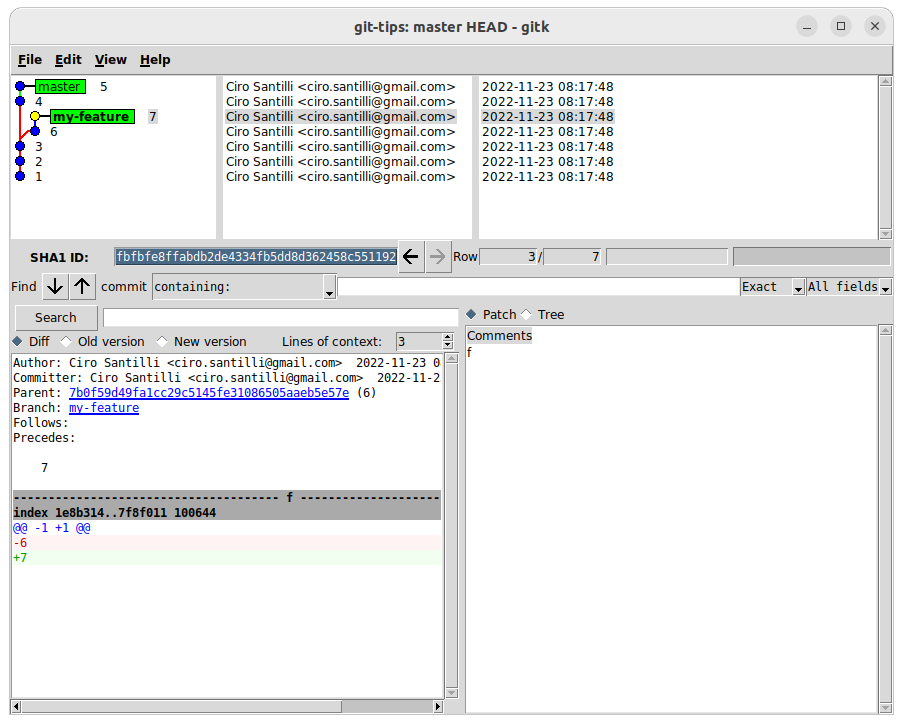Work about Einstein Updated 2025-07-16
Work about Enrico Fermi Updated 2025-07-16
Arabic Updated 2025-07-16
Digital currency Updated 2025-07-16
DNA polymerase Updated 2025-07-16
Integral Updated 2025-07-16
Intellectual property Updated 2025-07-16
Majorana fermion Updated 2025-07-16
Man-in-the-middle attack Updated 2025-07-16
Mantou Updated 2025-07-16
Paper by Erwin Schrödinger Updated 2025-09-09
Refrigerator Updated 2025-07-16
Refrigerator - How Does It Work? by Curiosity Show
. Source. Audio file format Updated 2025-07-16
Data file format Updated 2025-07-16
Git tips gitk Updated 2025-07-16
Japanese film Updated 2025-07-16
markdownlint/markdownlint Updated 2025-07-16
Mars exploration Updated 2025-07-16
Model organism Updated 2025-07-16
- prokaryote models:
- E. Coli: the most well studied
- mycoplasma: a very minimal genus, notable species: Mycoplasma genitalium
- eukaryote
- S. cerevisiae: simplest eukaryote model. Unicellular.
- C. elegans: simplest multicellular organism model
- vertebrate:
- Zebrafish: simplest vertebrate model
- mammal:
- Mus musculus: simplest mammal model
Climatology Updated 2025-07-16
There are unlisted articles, also show them or only show them.

